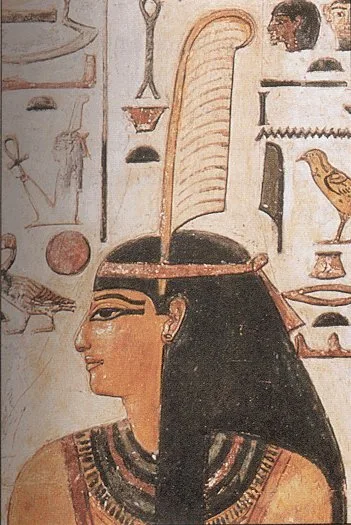
Becoming the Divine: An Introduction to Godform Meditations
At first glance, the idea of a godform meditation might sound lofty, perhaps even blasphemous, depending on your upbringing. But within the traditions of Western ceremonial magic, it’s not about declaring yourself a deity. It’s about tuning in to archetypal currents of power, wisdom, and transformation.
Godform meditation is a practice where the magician steps into the “form” of a deity, not to pretend, but to attune. You aren’t worshipping the god; you are momentarily becoming an expression of it, in order to access its qualities, teachings, and magical force.
Let’s explore where this practice comes from, how it works, and what it can offer to a modern practitioner.
Roots and Rationale: Where Godform Work Comes From
The meditation and use of divine forms has deep roots in ancient Egypt, Greece, and beyond. In the temples of old, priests would perform rituals not just to the gods, but as them. They wore the masks of Thoth, Isis, or Horus not as costumes, but as channels, becoming, even briefly, a vessel for divine power to enter the world.
This practice was later adopted and refined by Western occult orders like the Hermetic Order of the Golden Dawn, who formalised godform meditations as a tool for inner alchemy and magical work. In their system, practitioners would visualise themselves as specific gods during rituals, to align with different magical currents: Thoth for wisdom, Horus for strength, Isis for intuition, and so on.
Dion Fortune once described the gods as “vast reservoirs of spiritual power.” Godform meditation is how we plug in.
So What Is a Godform Meditation?
Put simply, it’s a ritualised meditation where you step into the presence, and presence of a specific deity.
The process usually involves:
- Entering a meditative state
- Visualising the godform in front of you in vivid detail — appearance, colour, posture, symbols
- Merging with the godform — imagining yourself becoming that form, adopting its posture, breath, energy
- Feeling its qualities fill you — not to dominate, but to elevate and harmonise
In a Golden Dawn context, godforms are often placed at the quarters during rituals to “inhabit” the space. But in personal meditation, you might use a godform for inspiration, spiritual guidance, or energetic transformation.
And yes, this takes practice. But it’s powerful.
Why Work With Godforms?
You might ask. why not just meditate normally? Why bring gods into it?
Here’s what godform meditations can offer:
- Access to Archetypes: The gods represent timeless forces — wisdom, war, love, death, rebirth. By stepping into these archetypes, you can better understand and integrate them in your own life.
- Energetic Empowerment: Godform work can enhance magical rituals by focusing and amplifying your intention through a symbolic lens. It gives your practice depth and gravitas.
- Psychospiritual Insight: Think of it as a kind of magical roleplay for the soul. You’re engaging with parts of the Self that are bigger than your everyday personality.
- Protection and Presence: In certain magical systems, godforms are used to guard ritual space or assist in invocation.
A Word of Caution (and Encouragement)
This isn’t about cosplay or ego inflation. It’s about alignment. You are not claiming to be a god in some grandiose sense, you are resonating with the divine image to awaken something within.
Also: this work can stir the depths. Archetypes don’t always behave nicely. A meditation on Sekhmet might leave you feeling powerful, or rattled. But that’s okay, its part of the journey.
Always approach the meditation with respect. Set clear intentions. Ground after your work. And take notes as your insights will certainly deepen over time.
Getting Started
If you’re new to godform meditations, start simple:
- Pick one form that speaks to you — Thoth, Isis, Hekate, Hermes, whoever calls.
- Study their symbols and stories — not just to memorise, but to feel their essence.
- Sit in a quiet space, breathe deeply, and visualise the god before you.
- Gradually merge with the form — feel their posture become yours, their breath your breath.
- Speak a prayer or affirmation from within the form.
- End by stepping back into yourself, offering thanks, and grounding.
Final Thoughts
Godform meditation isn’t about escapism, it’s about revelation. It allows us to work with the gods not as distant beings in the sky, but as living forces within the psyche and the cosmos.
In stepping into the divine image, we remember something profound: that the spark of the sacred has always been within us waiting to be awakened.
So light a candle. Find a quiet moment. And meet the gods
